There can be your advertisement
300x150
What You Need to Know if You Want to Repaint Walls
Decided to replace wallpaper with paint but don't know where to start? We tell you how to prepare the room, calculate the amount of paint and apply it correctly.
It may seem like there's nothing simpler than repainting walls or furniture, but in reality, it's not that easy. We share the main nuances and useful tips.
Color Selection
- If you don't know which color to choose, look at the shades already in your home. For example, maybe it's the sofa or one of the colors on a poster. If the color matches surrounding items, you won't go wrong.
- Take a few paint samples with you and check how they look in the room. Bring them close to the walls, floors, furniture, and other items.
- Take several samples of the colors you like and make test patches on a piece of gypsum board. See how the shades look at different times of day and under artificial lighting.
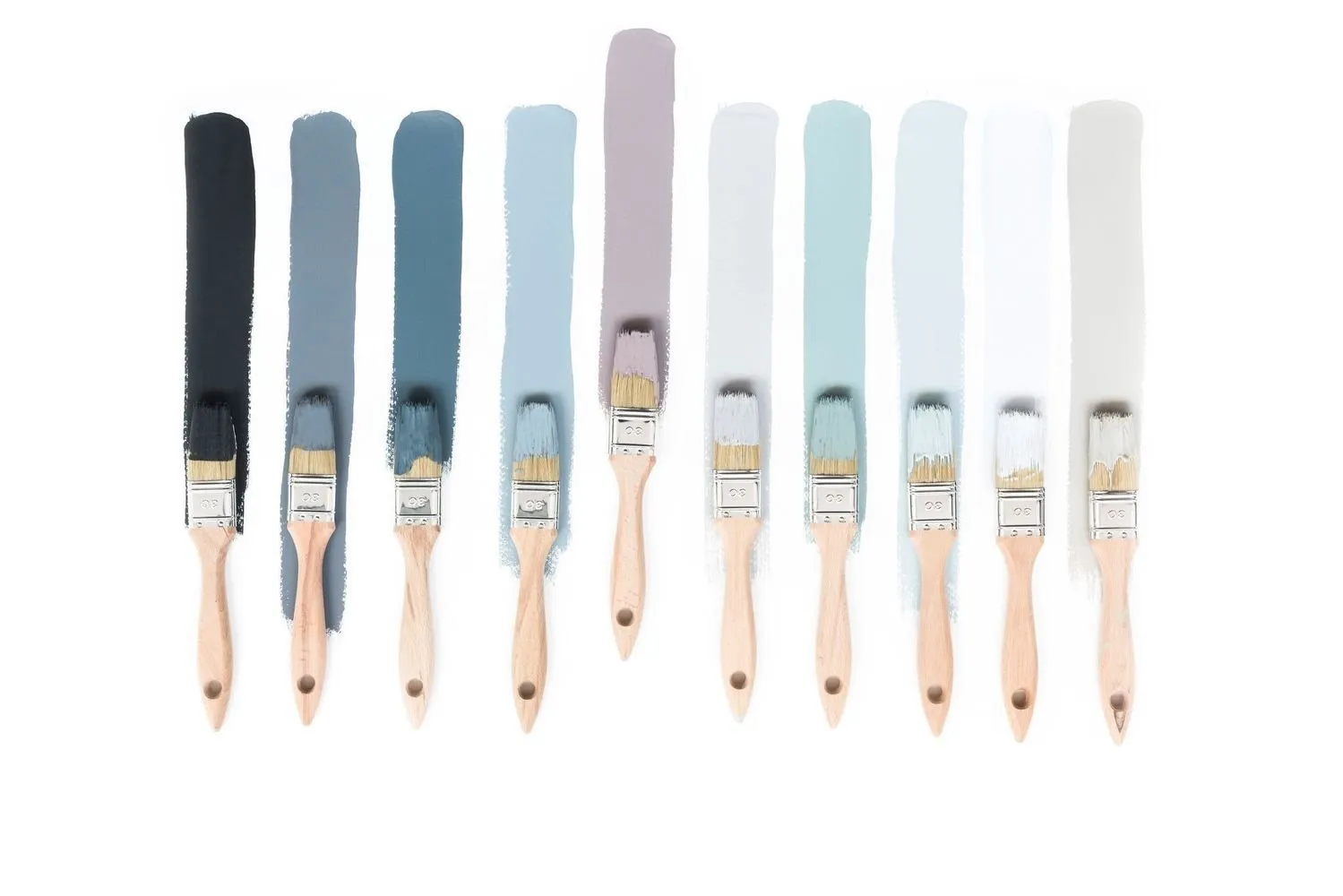
Glossy or Matte?
- Matte paint effectively hides wall imperfections and evenly covers any surface. However, it doesn't wash well. Therefore, it's suitable for hard-to-reach areas where fingerprints and marks from furniture won't remain. For example, for ceilings.
- Velvet paint has a soft sheen and looks softer than semi-gloss paint. It's perfect for walls.
- Semi-gloss or glossy paint reflects strongly but is easy to clean. It's more suitable for kitchen cabinet finishing.
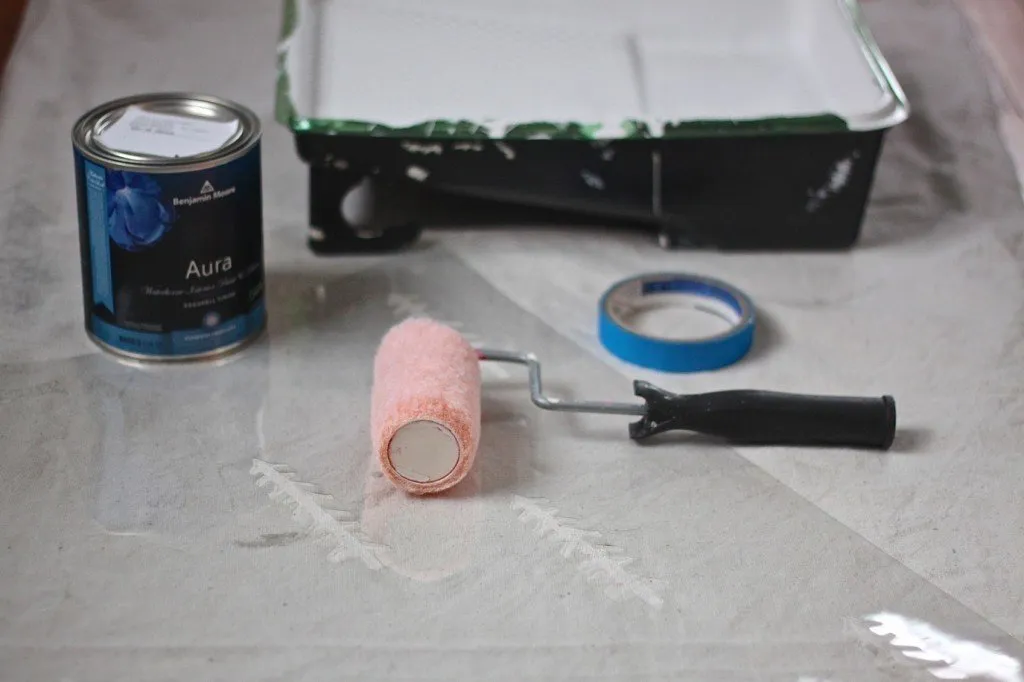
How to Calculate the Amount of Paint?
- Measure and add up the width of all walls in the room. Multiply this number by the height of one wall from floor to ceiling. From the total, subtract the total area of all doors and windows.
- Don't forget that paint needs to be applied in two coats, so the resulting number must be doubled.
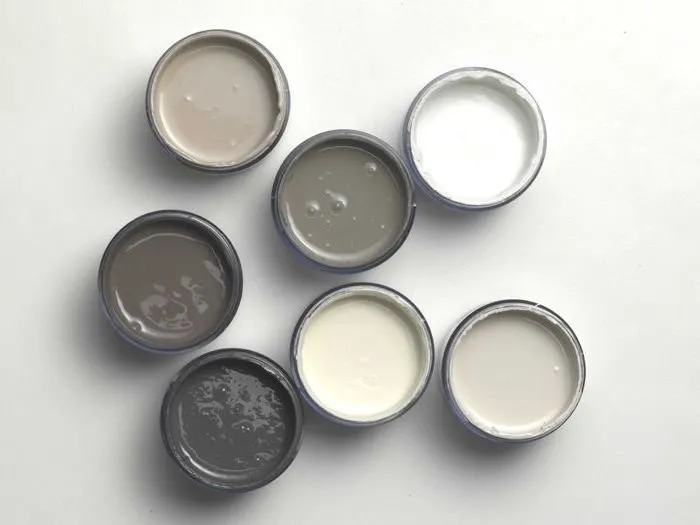
Preparing for Painting
- Remove all items from the room that you don't plan to paint.
- Mask windows, doors, ceilings, and skirting boards with masking tape — everything that needs protection from paint.
- De-grease surfaces using a special solution.
- Fill cracks in walls and ceilings with spackle and sand carefully.
- Remove dust after sanding.
- Prime the surface.
- Ensure you have all necessary tools to avoid interruptions during work.
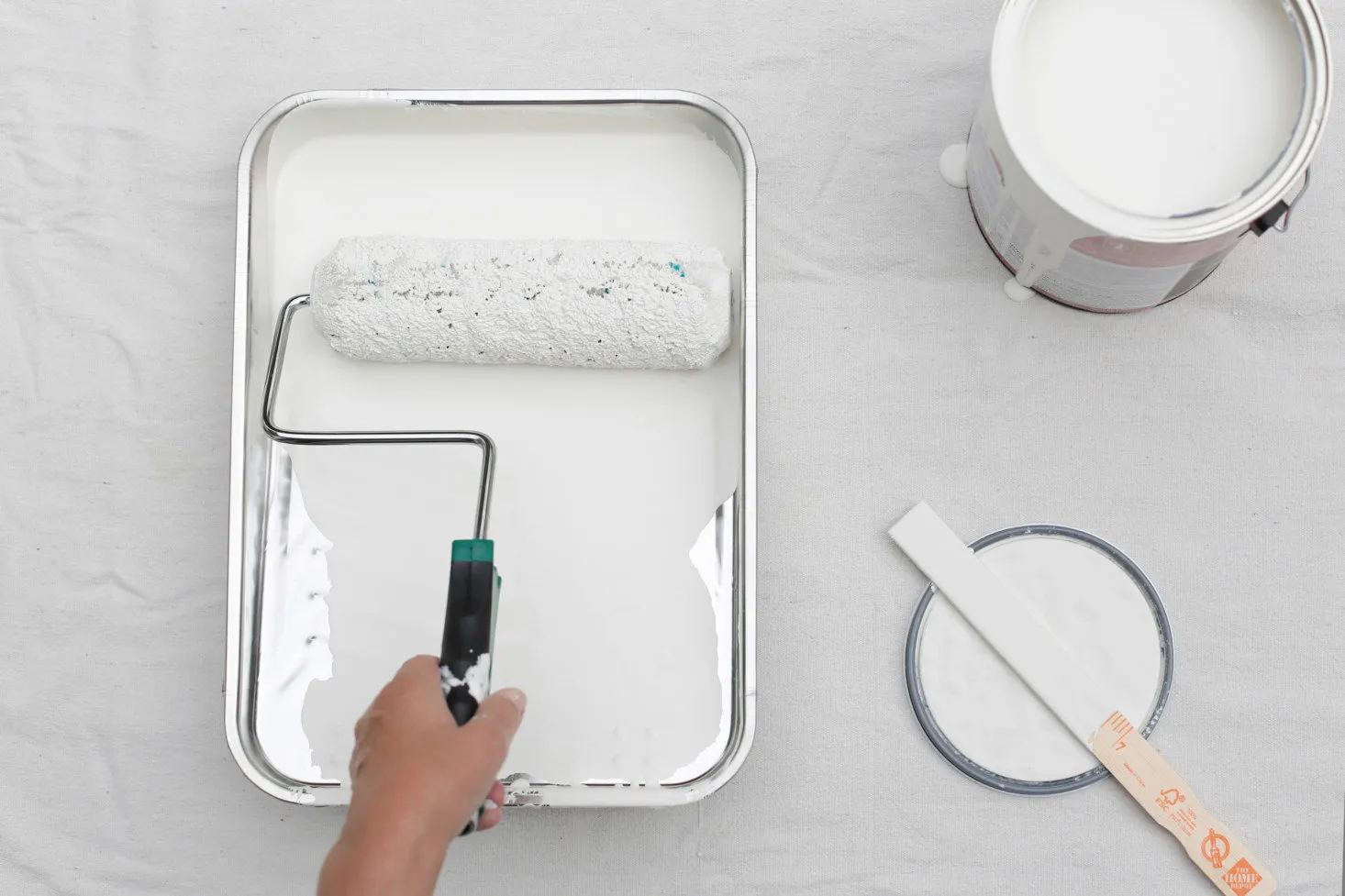
How to Paint Correctly?
- Work from top to bottom: start with the ceiling or upper part of the wall and move toward the floor. Even if paint drips, you won't ruin already painted areas.
- Don't apply too much paint to the brush or roller, otherwise it will drip onto the floor. But don't restrict yourself either: applying too little paint to the roller will require extra effort, and your hand will start to hurt.
- Apply paint with straight strokes. Then go over just-painted areas to distribute it evenly.
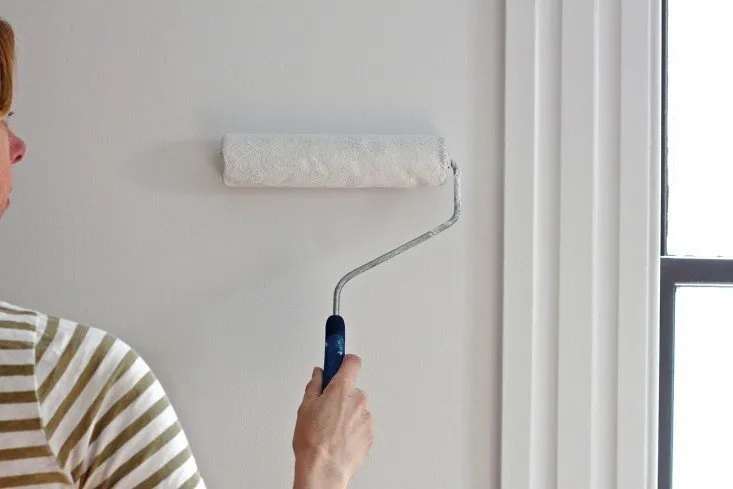
How to Combine Several Tones?
- If you want to repaint furniture or add a gradient on walls, move from light to dark. Let the upper part of items always be lighter than the lower part: lighter shades will dominate. Darker colors make items heavier and ground them.
- Play with contrast between walls and ceiling. For example, a lighter ceiling will give the space a sense of airiness. But dark tones can also look interesting and add warmth to the room.
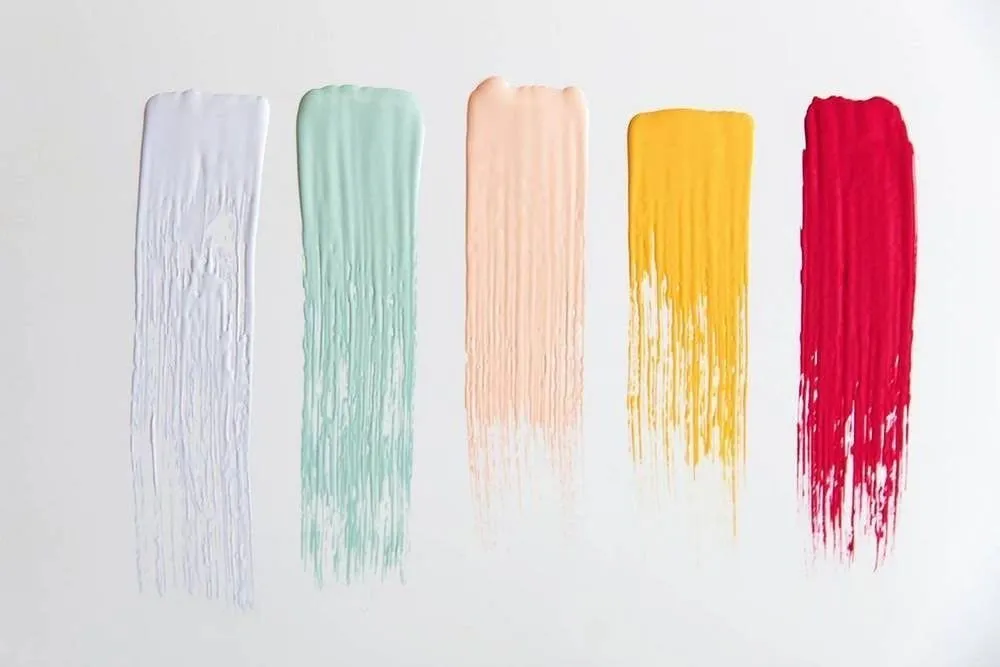
More articles:
 Creating a Wardrobe from IKEA PAX by Yourself. How Is It Possible?
Creating a Wardrobe from IKEA PAX by Yourself. How Is It Possible?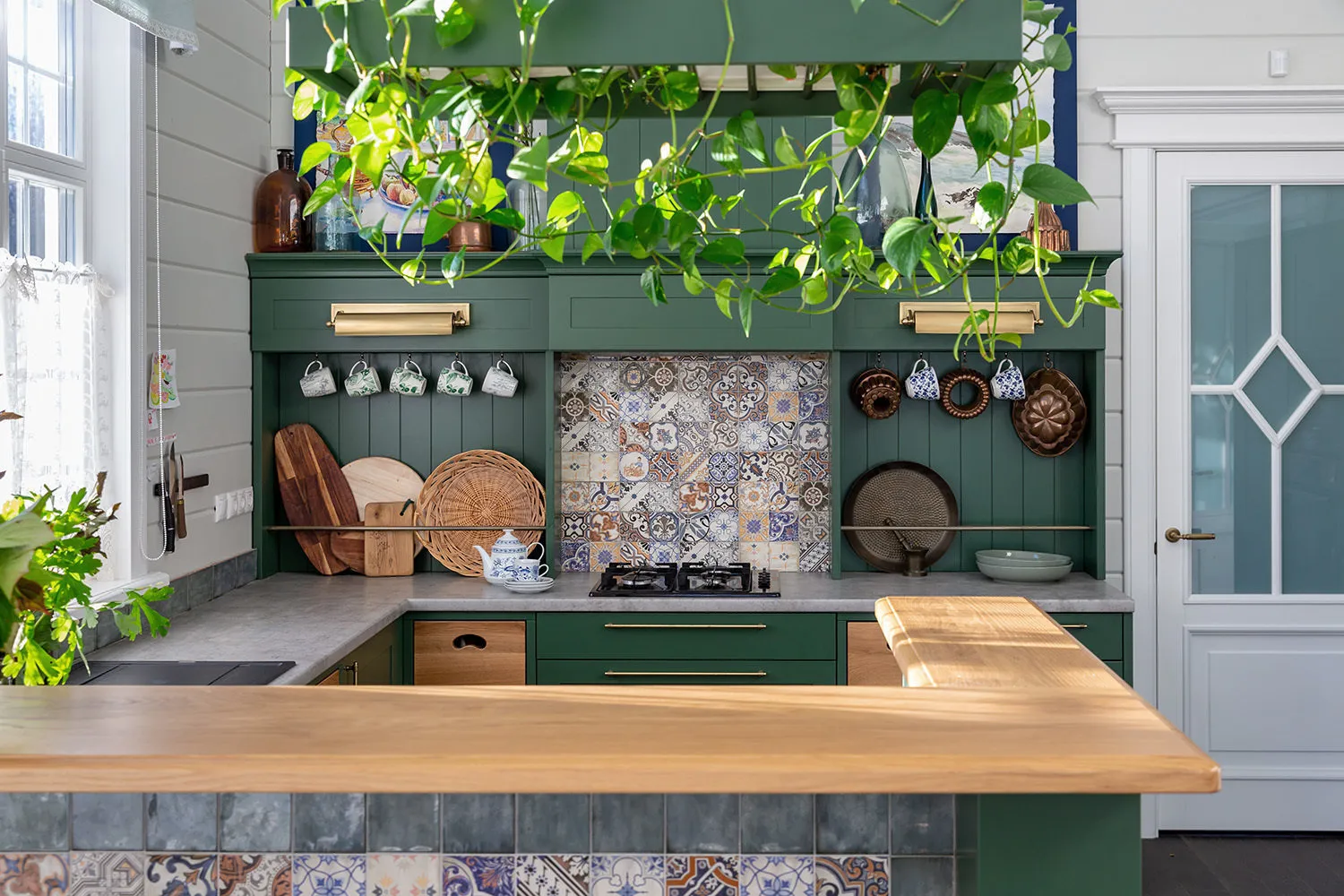 How to Improve Apartment Interior: 10 Design Hacks from Projects
How to Improve Apartment Interior: 10 Design Hacks from Projects March Digest: What Will Remember the First Spring Month
March Digest: What Will Remember the First Spring Month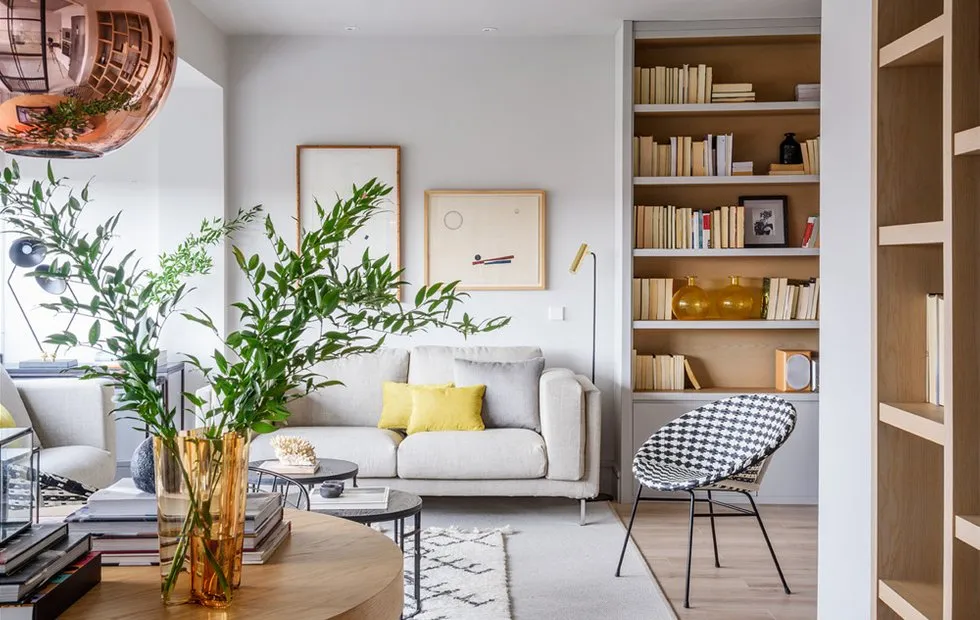 How to Decorate a Living Room in Scandinavian Style: 20 Affordable Ideas
How to Decorate a Living Room in Scandinavian Style: 20 Affordable Ideas Kitchen Layout in a Khrushchyovka: 3 Variants
Kitchen Layout in a Khrushchyovka: 3 Variants Luxury Living Room for Less Than a Million — Is It Possible? Three Designer Ideas
Luxury Living Room for Less Than a Million — Is It Possible? Three Designer Ideas How to Quickly Wash Windows After Winter?
How to Quickly Wash Windows After Winter?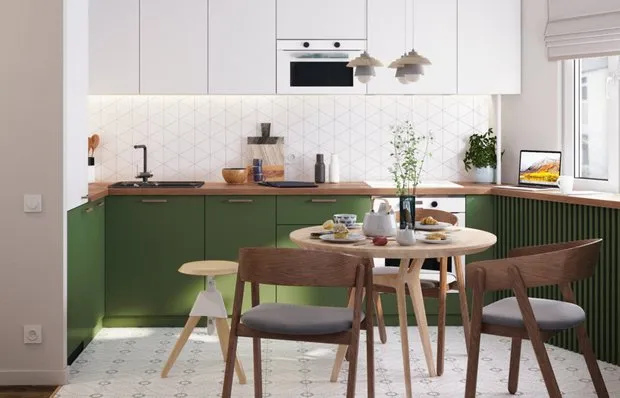 How to Decorate a Kitchen in Panel Housing and Fit Everything — Really?
How to Decorate a Kitchen in Panel Housing and Fit Everything — Really?